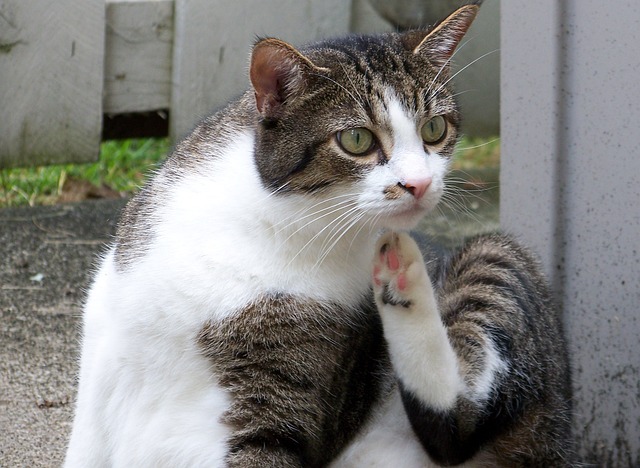Introduction
Cat training is not only easy but also a fun activity that can be enjoyed by the whole family. For indoor cats, training provides mental stimulation and helps prevent destructive behaviors caused by boredom. This article outlines five simple steps to train your cat effectively, making it a positive experience for both you and your feline friend.
Step 1: Get a Clicker
A clicker is a valuable tool for cat training, as it provides clear instructions through positive reinforcement. By associating the clicker sound with receiving a treat, your cat learns to understand when they’ve performed a desired behavior. Think of the clicker as capturing a snapshot of the action you want to reward.
Step 2: Find Irresistible Food Rewards
Choosing the right food rewards is crucial for successful clicker training. Since many cats have access to food throughout the day, it’s essential to find treats that your cat values. Introduce scheduled meals and use a portion of their food for training. This builds motivation and ensures your cat is eager to participate.
Step 3: Capture a Behavior – Teach Your Cat To Sit
Start with a simple trick like teaching your cat to sit. Cats often naturally sit during the day, providing ample opportunities for practice. Use the clicker to mark the moment your cat sits and immediately reward them. This helps your cat associate the clicking sound with receiving a treat, reinforcing the desired behavior.
Step 4: Add a Signal
Once your cat reliably sits, introduce a verbal cue like “Sit” to associate with the behavior. Say the cue just as your cat begins to sit and continue pairing the cue with the action. Eventually, your cat will respond to the verbal cue alone, indicating they’ve learned the command.
Step 5: Keep Training Fun and Short
Make training sessions enjoyable, easy, and short, lasting around 3 to 5 minutes. Use the capturing method to teach various tricks and behaviors that your cat enjoys, such as rolling over or standing on their back paws. Remember, consistency and positive reinforcement are key to successful training.
Improving Your Cat’s Behavior
Stopping Unwanted Behaviors
Instead of just saying “No,” focus on teaching your cat where you want them to go or what you want them to do instead. This approach is clearer and more effective. Reward your cat generously for following your instructions, making the new spot just as appealing as the old one.
Helping Your Cat Overcome Fears
For behaviors your cat finds challenging, like nail trimming, employ desensitization and counter-conditioning. Gradually expose your cat to the activity at a manageable level, providing rewards and positive experiences. This helps your cat associate the previously feared action with positive outcomes.
Combining Training Methods
Combine clicker training with desensitization and counter-conditioning to achieve comprehensive training goals. Clicker training empowers your cat, allowing them to choose to participate in activities. Desensitization and counter-conditioning address emotional responses, helping your cat overcome fears and anxieties.
Conclusion
Training your cat is a rewarding experience that enhances their mental and physical well-being. By following these five steps and employing positive reinforcement techniques, you can teach your cat a range of tricks and behaviors. Additionally, addressing unwanted behaviors with clear instructions and helping your cat overcome fears through gradual exposure will result in a happier, more confident feline companion. Remember, patience and consistency are the keys to successful cat training.







